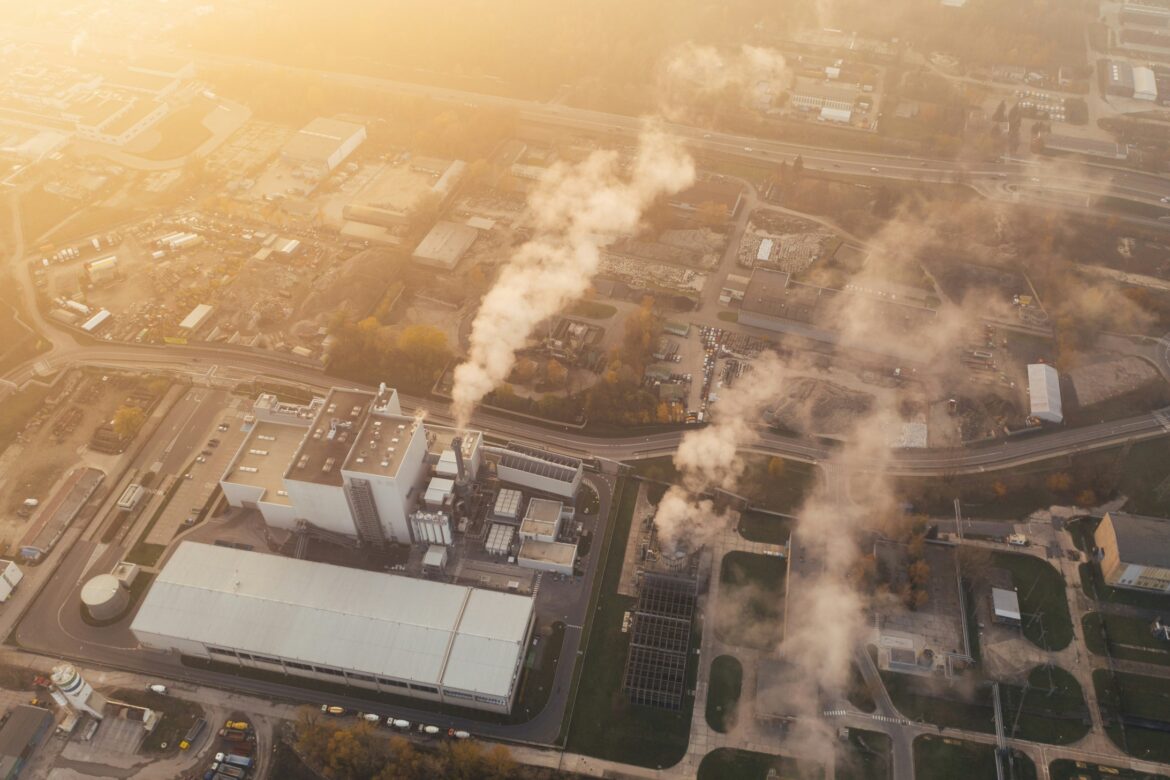New Imperial research evaluating the feasibility of scaling CO2 storage has found limits to the speed at which the technology can be scaled to store gigatonnes of carbon dioxide.
Published in Nature Communications, the research led by Imperial College London researchers outlines that climate mitigating scenarios of limiting global heating to less than 2 degrees “consistently anticipate” widespread adoption of geological (subsurface) CO2 storage globally.
“By mid-century, the inter-quartile range of annual injection rates of CO2 in the scenarios in the IPCC’s Sixth Assessment Report is more than 6 GtCO2 yr−1 (the full range is 1–30 GtCO2 yr),” the report reads.
However, estimates for the speed at which these technologies can be deployed have been “highly speculative.”
The research findings show that existing projections are “unlikely” to be feasible at the current rate of growth.
By 2050, it could be possible to store up to 16 gigatonnes of CO2 underground each year. That said, achieving this would require a serious ramp-up in storage capacity and scaling over the coming decades, which is not anticipated given the current pace of investment, development and deployment.
The study outlines that the deployment of CCS has fallen short of near-term projections from integrated assessment models.
Indeed, globally, around 70 per cent of the 149 projects proposed to be operational by 2020, aiming to store 130 Mt of CO2 annually, were not implemented, the report notes, citing project cost, low technology readiness levels among the capture technology, and a lack of revenue streams, e.g., oil production, among the main contributors to projects stopping.
The calculations in the report indicate that a “feasible benchmark” for global CO2 storage projections, consistent with current government technology roadmaps, suggests a global storage rate of 5-6 gigatonnes of storage per year by 2050.
Read the full report here.




